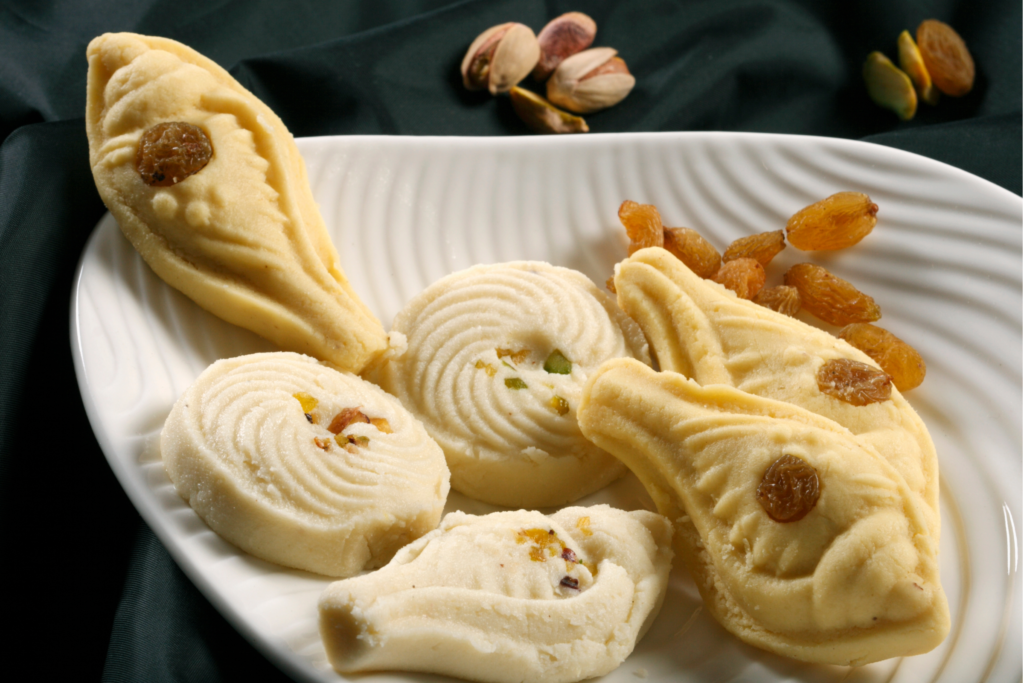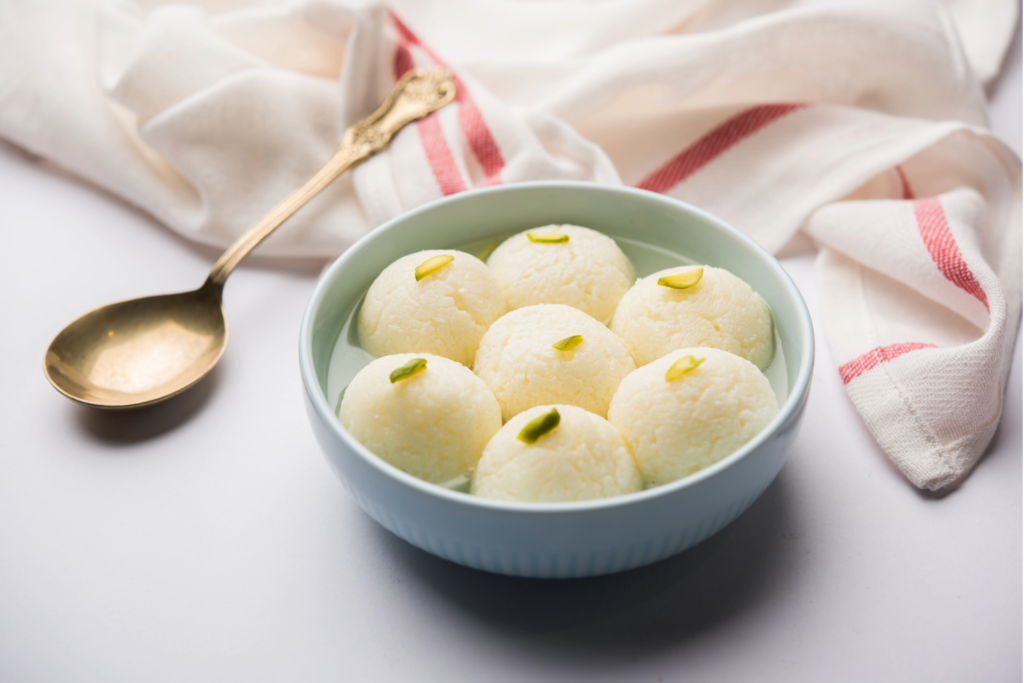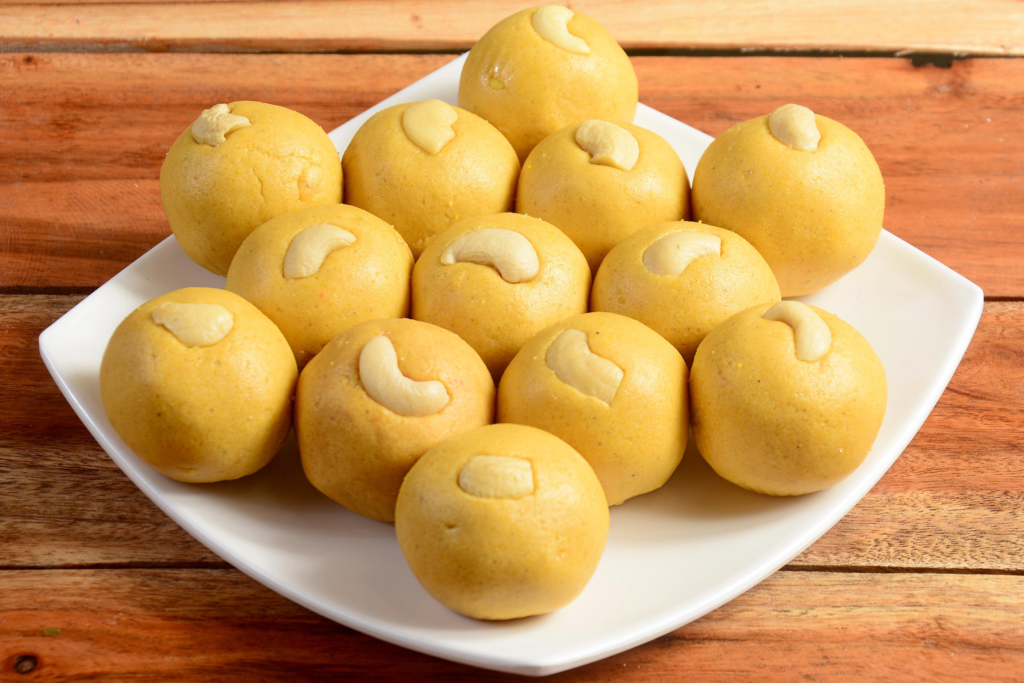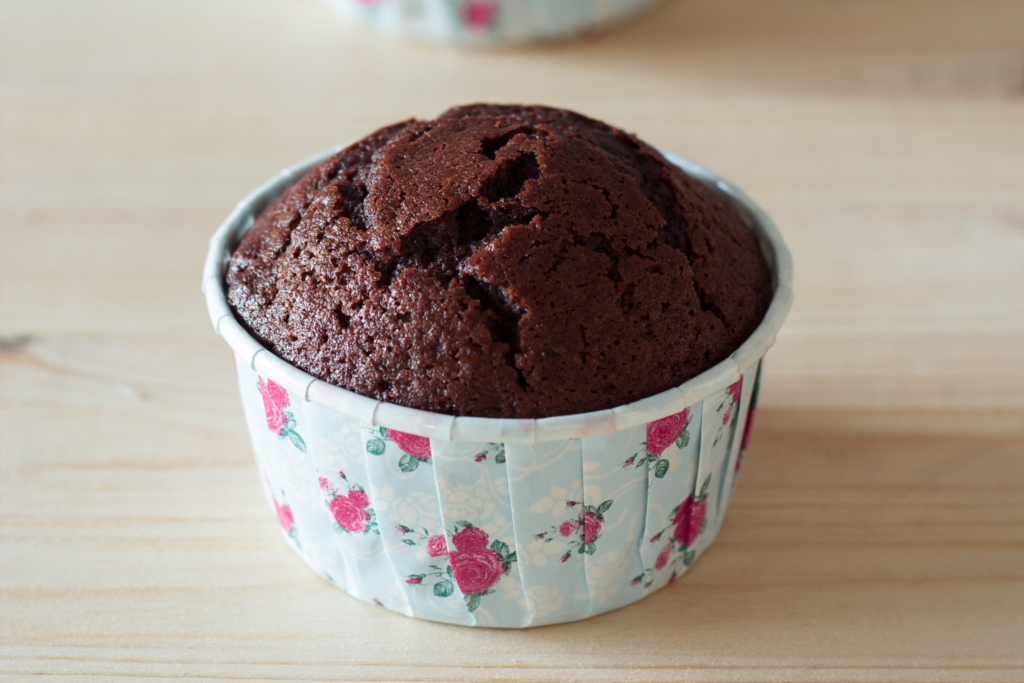Introduction:
Welcome to the world of comforting and flavorful Indian cuisine, where each dish is a tribute to tradition, spices, and heartwarming flavors. Today, we’re immersing ourselves in the aromatic world of Dal Tadka, a beloved Indian classic staple in households for generations. In this user-friendly guide, we’ll unveil the secrets of preparing the dish in your kitchen. From the creamy lentil base to the aromatic tempering, we’ll show you how to create this iconic dish that’s not just a meal but a culinary journey.
Why Dal Tadka?
Before we explore the ingredients and techniques that make Dal Tadka unique, let’s understand why this dish holds such a cherished place in Indian cuisine. Known for its perfect blend of creamy lentils and aromatic spices, it is a symphony of textures and flavors, offering comfort and satisfaction.
Dal Tadka isn’t just about taste; it provides nourishment and solace, exemplifying the simplicity and brilliance of Indian cooking. This dish transcends boundaries, appealing to vegetarians and those seeking a wholesome meal.
It can serve as the main course of your vegetarian feast, a comforting meal for a rainy day, or a delightful side dish that pairs well with various Indian bread and rice. Whether with steamed rice, roti, or naan, Dal Tadka ensures a fulfilling and lovely meal.
What Sets Our Recipe Apart?
You might wonder, “Why make Dal Tadka at home when available at Indian restaurants?” The answer is simple: crafting Dal Tadka in your kitchen allows you to customize the flavors, use fresh ingredients, and enjoy a homemade dish free from excessive oil and artificial additives.
Our user-friendly Dal Tadka recipe ensures you’ll effortlessly recreate the authentic taste and experience. We’ll guide you through each step, share pro tips, and provide insights to ensure your Dal Tadka turns out creamy, flavorful, and as comforting as possible.
Join Us in the Kitchen
This guide will provide easy-to-follow, step-by-step instructions to make your Dal Tadka-making experience enjoyable. Whether you’re a seasoned cook or new to Indian cuisine, our recipe is designed to guarantee your success.
So, gather your ingredients, put on your apron, and embark on a culinary journey that will transport you to the aromatic kitchens of India. Let’s create a bowl of Dal Tadka that’s not just a dish; it’s a celebration of tradition, a symphony of flavors, and a culinary masterpiece that will leave you wanting more.









